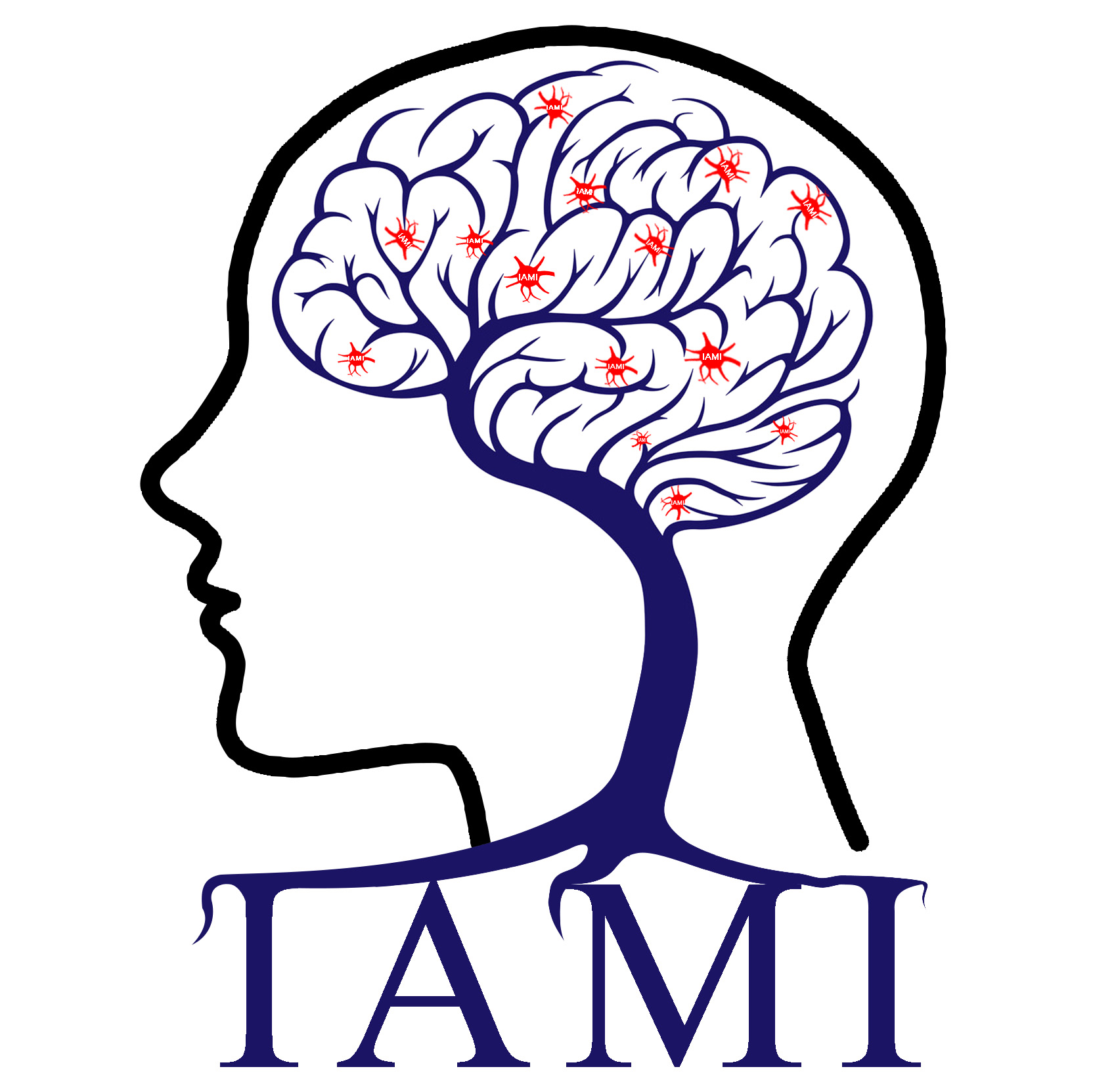
杜宇慧个人网页---智能医学图像分析
地址:中国, 太原
Rongtao Jiang, Vince D Calhoun, Yue Cui, Shile Qi, Chuanjun Zhuo, Jin Li, Rex Jung, Jian Yang, Yuhui Du, Tianzi Jiang, Jing Sui*. Multimodal data revealed different neurobiological correlates of intelligence between males and females. Brain imaging and behavior, 2019: 1-15.
时间:2020-06-19 20:36:36 来源: 点击:[1784]
Abstract
Intelligence is a socially and scientifically interesting topic because of its prominence in human behavior, yet there is little clarity on how the neuroimaging and neurobiological correlates of intelligence differ between males and females, with most investigations limited to using either mass-univariate techniques or a single neuroimaging modality. Here we employed connectome-based predictive modeling (CPM) to predict the intelligence quotient (IQ) scores for 166 males and 160 females separately, using resting-state functional connectivity, grey matter cortical thickness or both. The identified multimodal, IQ-predictive imaging features were then compared between genders. CPM showed high out-of-sample prediction accuracy (r > 0.34), and integrating both functional and structural features further improved prediction accuracy by capturing complementary information (r = 0.45). Male IQ demonstrated higher correlations with cortical thickness in the left inferior parietal lobule, and with functional connectivity in left parahippocampus and default mode network, regions previously implicated in spatial cognition and logical thinking. In contrast, female IQ was more correlated with cortical thickness in the right inferior parietal lobule, and with functional connectivity in putamen and cerebellar networks, regions previously implicated in verbal learning and item memory. Results suggest that the intelligence generation of males and females may rely on opposite cerebral lateralized key brain regions and distinct functional networks consistent with their respective superiority in cognitive domains. Promisingly, understanding the neural basis of gender differences underlying intelligence may potentially lead to optimized personal cognitive developmental programs and facilitate advancements in unbiased educational test design.

 您当前的位置:
您当前的位置: